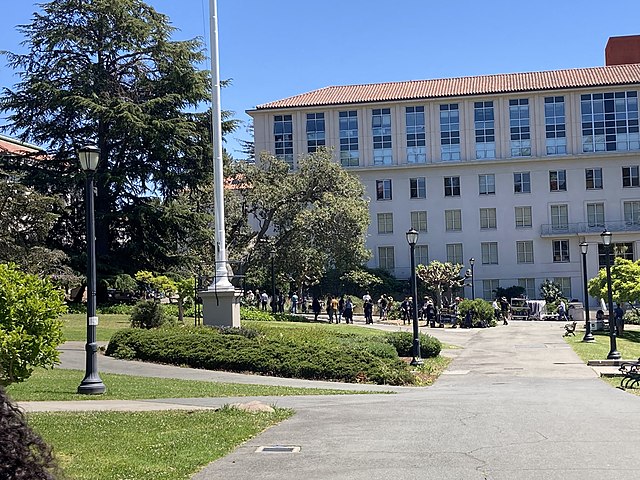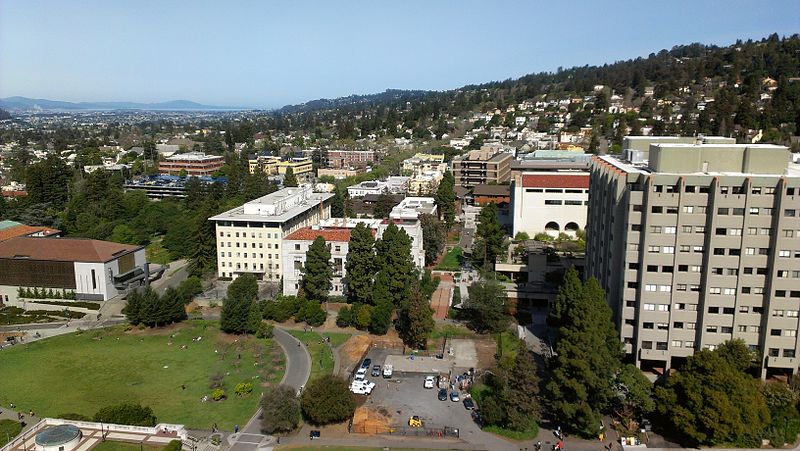
Thammasat University students interested in ASEAN studies, Malaysia, political science, economics, sociology, environmental studies, and related subjects may find it useful to participate in a free 8 March webinar on Does Manufacturing Matter? Foreign Investment and Local Linkages in the Malaysian Solar Industry.
The event, on Friday, 8 March at 9am Bangkok time, is presented by the ISEAS – Yusof Ishak Institute, Singapore.
The TU Library collection includes several books about different aspects of the solar industry.
Students are invited to register at this link:
https://us06web.zoom.us/webinar/register/9017084995313/WN_32Mp8PExSKKNFJTXA9wxBw#/registration
The event webpage explains:
About the Webinar
The US-China trade war created new opportunities for developing countries to attract foreign investment in solar manufacturing, which was historically concentrated in the United States, Germany, and China. To avoid the tariffs imposed by the United States and European Union on solar panel imports, Chinese solar panel manufacturers have relocated to Malaysia, Vietnam, Thailand and Cambodia. Renewable energy technology presents an important opportunity for developing countries seeking to both decarbonize and level up in global value chains, and industrial policy historically places significant emphasis on manufacturing as the foundation of domestic industrial upgrading.
This webinar will examine trends in the relocation of solar manufacturing to Malaysia. It will evaluate how and why renewable energy manufacturing struggles to create local linkages, most importantly, for local solar installation. This leads to an assessment of existing industrial policies that emphasizes the localization of production for downstream market growth and whether escalating global trade tensions can lead to inefficient externalities that do little to benefit local markets via technology transfer.
About the Speaker
Ishana Ratan is a PhD candidate in the Political Science Department at the University of California at Berkeley, and a Project Director at the Berkeley APEC Study Center. Her research centers upon the international political economy of renewable energy, with a focus on solar deployment in the Global South.

Last year the Energy Tracker Asia website, which covers the latest news and trends affecting renewable energy, natural gas, coal, and oil investments and finance across Asia, posted an article, Solar Energy in Malaysia: A Bright Future or Dim Prospect?
The article began:
Malaysia’s renewable energy targets heavily rely on expanding its solar energy capacity. Meanwhile, the country is ideally located for large-scale solar adoption. However, government policies still need improvement, and significantly more investment is required to facilitate this transition.
Solar energy in Malaysia is at its early stage. As climate change accelerates, Southeast Asia is focusing increasingly on clean and renewable energy to reduce greenhouse gas emissions. This starkly contrasts the region’s historically heavy reliance on fossil fuels, which has fueled major economic growth over the last two decades. Southeast Asia’s energy demand has doubled since 2000, and renewable capacity has nearly tripled.
Malaysia has followed this trend, with renewable energy capacity increasing by over 3.5 times since 2000. However, even with this significant increase, renewable energy only makes up about 8% of its total energy mix. This is heavily dependent on hydropower (6.3% of the energy mix), a reliable source of low-carbon energy. However, its use is regionally specific and primarily in Borneo Malaysia.
The country is looking for alternative options to to generate electricity and increase renewable energy access, and solar is coming into the spotlight.
Solar Energy in Malaysia: Current State and Prospects
Solar power in Malaysia is still in its nascent stages, contributing to less than 1% of the country’s total energy consumption. However, the government’s goal of increasing the country’s share of renewable energy to 31% by 2025 places a significant emphasis on solar.
This growth will hinge on three leading considerations. First, there will be a major revamp of government policies to facilitate utility-scale solar projects. Second, the country’s solar PV module production capacity, the third-largest in the world, will focus on domestic use instead of lucrative external markets. Third, an investment of USD 375 billion by 2050 will be made in renewable energy infrastructure.
If successful, Malaysia can tap into a valuable portion of its 337 GW of potential solar capacity available.
Is Malaysia Suitable for Solar Energy?
Malaysia’s high solar energy capacity is primarily due to its geographic location. Straddling the equator, it receives solar radiation at a direct 90-degree angle. This allows solar radiation to reach Earth more densely than at higher latitudes – providing more energy per square metre.
However, the country’s tropical climate counterbalances this with frequent cloud cover, leading to an average of 6 hours of sunlight daily. Malaysia receives approximately 4-5 kWh/m2 of solar irradiance per day, one of the highest rates in Southeast Asia.

So Why Is Solar Power Not Popular in Malaysia?
Even with a high capacity for solar, adoption remains low for both residential and utility-scale systems. In both cases, costs for implementing solar are still higher than alternatives. While solar prices have steadily declined, they must compete with already subsidised electricity costs and a government-supported fossil fuel industry. Reducing this gap will rely on solar-specific subsidies and incentives.
On the residential side, another major roadblock is the lack of knowledge and preparedness for solar energy adoption. Studies show that many homeowners are unaware of where to get solar panels, installation cost, the benefits they can provide and any government incentives for installing a solar system. Not only does the government need to offer financial incentives for the residential sector, but it needs to develop awareness campaigns and provide education.
Domestic Solar Panels Price
Focusing on the pricing issue, the cost to install solar panels is disproportionately higher than in other countries.
For example, the average solar panel system cost in Malaysia is about USD 1.50 per watt compared to USD 3.00 in the U.S. However, the per capita GDP of the U.S. is over six times as large as Malaysia. This makes the real cost of solar installation significantly more expensive in Malaysia.
Improving the domestic supply of locally produced solar PV panels and government tax incentives or subsidies can help drive down these costs and can motivate adopting solar energy in Malaysia. […]
The article’s conclusion:
Government Investment in Renewable Energy Is Increasing But Not Fast Enough
While solar energy in Malaysia is still in its infancy, there are promising signs of growth. The government’s commitment to increasing the share of renewable energy is a step in the right direction. Additionally, the government has released several incentive programs in the last few years, like the Green Investment Tax Allowance (GITA), Green Income Tax Exemption (GITE) and the Green Technology Financing Scheme (GTFS).
However, these programs are only a small step in the larger plan. For solar energy capacity to meet future targets, the government must double its planned investment. Solar energy systems are long-term investments that need to begin soon to meet further goals.

(All images courtesy of Wikimedia Commons)
